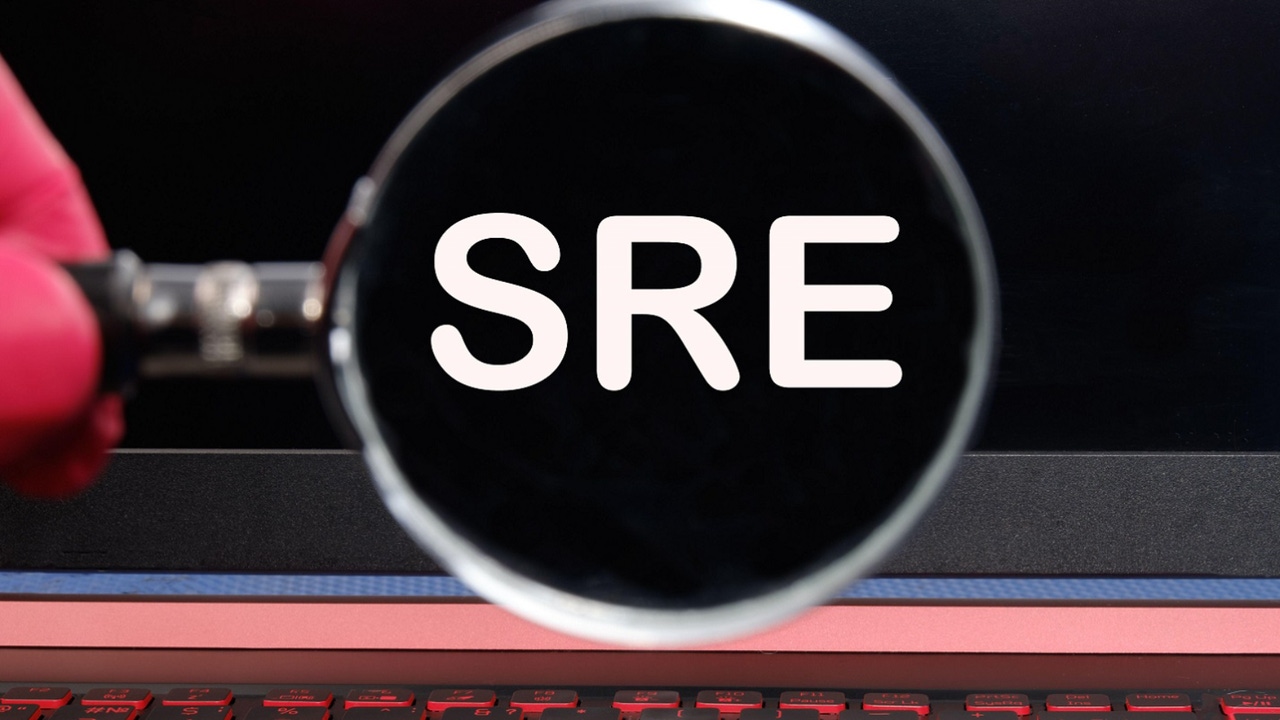How platform teams lead to better, faster, stronger enterprises

Platform teams are uniquely equipped to optimize resource allocation because
they sit in between developers and the cloud infrastructure and compute that
developers need, and are able to maximize the efficiency and effectiveness of
software development processes. With their unique set of skills and expertise,
they effectively collaborate with other teams, including developers, data
scientists, and operations teams, to accurately understand their needs and pain
points. Using a product approach, platform teams remove barriers for developers
and operations teams by offering shared services for developer self-service,
enabling faster modernization within organizational boundaries and automation to
simplify the management of applications and Kubernetes clusters in the cloud.
Fostering a culture of innovation, platform teams play a crucial role in keeping
the organization at the forefront of emerging trends and technologies. This
enables enterprises to provide innovative solutions that set them apart in the
market.
Developing An AI Uuse Policy
An AI Use Policy is designed to ensure that any AI technology used by your
business is done so in a safe, reliable and appropriate manner that minimises
risks. It should be developed to inform and guide your employees on how AI can
be used within your business. ... Perhaps the most important part for the
majority of your employees, set specific do’s and don’ts for inputs and
outputs. This is to ensure compliance with data security, privacy and ethical
standards. For example, “Don’t input any company confidential, commercially
sensitive or proprietary information”, “Don’t use AI tools in a way that could
inadvertently perpetuate or reinforce bias” and “Don’t input any customer or
co-worker’s personal data”. For outputs, guidance can reiterate to staff the
potential for misinformation or ‘hallucinations’ generated by AI. Consider
rules such as “Clearly label any AI generated content”, “Don’t share any
output without careful fact-checking” or “Make sure that a human has the final
decision when using AI to help make a decision which could impact any living
person
Synergy between IoT and blockchain transforming operational efficiency

The synergy between the two technologies is integral to achieving Industry 4.0
goals, including digital transformation, decentralised connectivity, and smart
industry advancements. Via this integration, organisations can achieve
real-time visibility into production operations, optimise supply chain
processes, and enhance overall efficiency. ... In regulated industries like
pharmaceutical manufacturing, where compliance is crucial, integrating IoT and
Blockchain lets companies onboard suppliers to upload raw material info, batch
numbers, and quality checks to a blockchain ledger. IoT devices automate data
acquisition during manufacturing and storage, ensuring data integrity and
transparency. In smart city ecosystems, local authorities share data with
service providers for waste management, traffic updates, and more. Traffic
data from sensors can be securely uploaded to a blockchain, where third-party
services like food delivery and ridesharing can access it to optimise
operations. Logistics companies use IoT systems to gather data on location and
handling, which is uploaded to a blockchain ledger to track goods, estimate
delivery time, and provide real-time updates.
Ignore Li-ion fire risks at your peril
Li-ion batteries are prone to destructive and hard-to-control fires. There
have been several reported incidents in data centers, some of which have led
to serious outages, but they are not well-documented or systematically
studied. ... A commonly held view is that Li-ion’s fire risk in the data
center is overstated, partly as a result of marketing by vendors of
alternative chemistries such as salt and nickel-zinc. If these products are
promoted as a “safe” alternative, then it will (it is speculated) create a
perception that Li-ion is “unsafe.” After assessing the evidence, examining
the science, and hearing from data center operators at recent member meetings,
Uptime Institute is taking a cautious and practicable stance at this point.
While it is true that Li-ion batteries have a higher risk of fire compared
with other chemistries, and these fires are particularly problematic, Uptime
Institute engineers do not think Li-ion batteries should be rejected out of
hand. ... Data center builders and operators should carefully consider the
benefits of Li-ion batteries alongside the risks. As well as the obvious risk
of serious fires, there are financial and reputational risks in preparing for,
avoiding, and responding to such incidents.
More than a CISO: the rise of the dual-titled IT leader

Dual-title roles give CISOs new levers to work with and more scope to drive
strategic integration and alignment of cybersecurity within the organization.
... Belknap finds having his own team of engineers puts him in a stronger
position when working with partners. When looking for support or assistance
with a project, his team will have already built something, reducing the
amount of work needed from the partner team. “This means we can lean on them
to be responsible for the things that only they can do. I don’t have to pull
them into the work that only I can do or the work that’s not aligned to their
expertise,” he says. These dual-title roles also recognize how CISOs are
increasingly operating as technology leaders and operators of the
organization, according to Adam Ely, head of digital products at Fidelity
Investments who was formerly the firm’s CISO and has a long history in
security. Ely says that as CISOs typically work across an organization, know
how the business lines work, and are day-to-day leaders of people and
technology as well as crisis managers, it stands them in good stead for
dual-title or more senior positions.
You Can’t Wish Away Technology Complexity

Every business succeeds because of technology. Every person gets paid by
technology. The value of our currency itself is about technology. Of course,
it is not only about technology. But tell that to the CFO or CLO. When it is
about finance, there is very little pushback in saying it is all about money.
When it is about legal, there is no push-back about it being about law. I’ve
noticed only technologists pull back and say, “You’re right, it’s not about
technology.” ... See what people often forget that technology complexity is
cool on multiple levels. It gives us the ability to make different choices for
stakeholders and customers (I mean real customers not stakeholders that think
they are customers – note to business stakeholders, you and I get our
paychecks from the same place, you are not my customer. Our customer is my
customer). But while this complexity allows for choice, it also creates a
dependency on understanding those choices. Or a dependency on a professional
who does. I don’t pretend to understand medicine. That is why I ask doctors
what to do.
Electronic Health Record Errors Are a Serious Problem

The exposure of healthcare records, in even minor ways, leaves patients highly
vulnerable. “I never reached out to this woman [whose records were entered
into my father’s], but I had all her contact information. I could have gone to
her house and handed her the copy of the results I had found in my dad’s
records,” Hollingsworth says. ... Data aggregators pose a further risk. These
organizations may collect deidentified data to perform analyses on
population-level health issues for both healthcare organizations and insurance
companies. “Are they following the same security standards that we follow in
the health care transaction world?” Ghanayem asks. “I don’t know.” ... Clear
distinctions between important information fields must be made to cut down on
adjacency errors. Concise patient summaries at the beginning of each record
and usable search features may increase usability and decrease frustration
that leads to the introduction of errors. And refining when alerts are issued
can decrease alert fatigue, which may lead providers to simply ignore alerts
even when they are valid.
Diversifying cyber teams to tackle complex threats
To make a significant change and deliver a more diverse cyber workforce, we
need to focus on leadership and change our language and processes for
recruitment. This takes courage and is the biggest challenge organizations
face. Having a diverse team helps others see it is a place for them. It isn’t
just about attracting talent; it’s also about openness and retaining talent.
Organizations need to help individuals from diverse backgrounds to see
themselves as role models who need to be out shouting about the opportunities
within the sector. Diversity fosters a sense of belonging and inclusivity
making the cybersecurity field more attractive to a wider range of
individuals. When potential recruits see relatable role models within a team,
it breaks down the traditional and somewhat homogenous perception of
cybersecurity. This inclusivity is crucial for attracting talent from
underrepresented groups, particularly women and minority groups, who may not
have traditionally seen themselves in cybersecurity roles. A diverse team with
strong role models creates a positive feedback loop.
Nanotechnology and SRE: Pioneering Precision in Performance

Nanotechnology offers the opportunity to transform SRE at the atomic level —
addressing individual tasks, subtasks, and tickets. For example,
extra-sensitive nanosensors can continuously monitor system performance
metrics, including temperature, voltage, and processing load. When placed in
data centers, these sensors enable real-time data collection and analysis,
detecting electrical and mechanical issues before they escalate and extending
the lifespan of technological components. Nanobots can be programmed to
address hardware issues and routine maintenance tasks. Together, these
technologies can integrate into a self-healing and continuously improving
system in line with SRE principles. ... Nanotechnology can potentially
transform SRE, leading to enhanced system reliability and performance.
Nanotechnology-enabled solutions can allow more precise monitoring,
optimization, and real-time improvements, supporting the key pillars of SRE.
At the same time, the foundational principles of SRE can be applied to ensure
the reliability of advanced nanotechnology systems.
Three Areas Where AI Can Make a Huge Difference Without Significant Job Risk

Doing a QC job can be annoying because even though the job is critical to the
outcome, your non-QC peers and management treat you like a potentially
avoidable annoyance. You stand in the way of shipping on time and at volume,
potentially delaying or even eliminating performance-based bonuses. We are
already discovering that to assure the quality of an AI-driven coding effort,
a second AI is needed to assure the quality of the result because people just
don’t like doing QC on code, particularly those who create it. ... In
short, properly applied AI could highlight and help address problems that are
critically reducing a company’s ability to perform to its full potential and
preventing it from becoming a great place to work. ... Calculating an
employee’s contribution and then using it to set compensation transparently
should significantly reduce the number of employees who feel they are being
treated unfairly by eliminating that unfairness or by showing them a path to
improve their value and thus positively impact their pay.
Quote for the day:
"When you stop chasing the wrong
things you give the right things a chance to catch you." --
Lolly Daskal
No comments:
Post a Comment